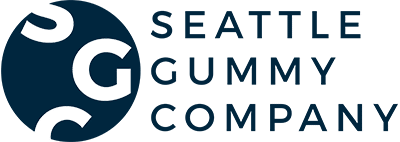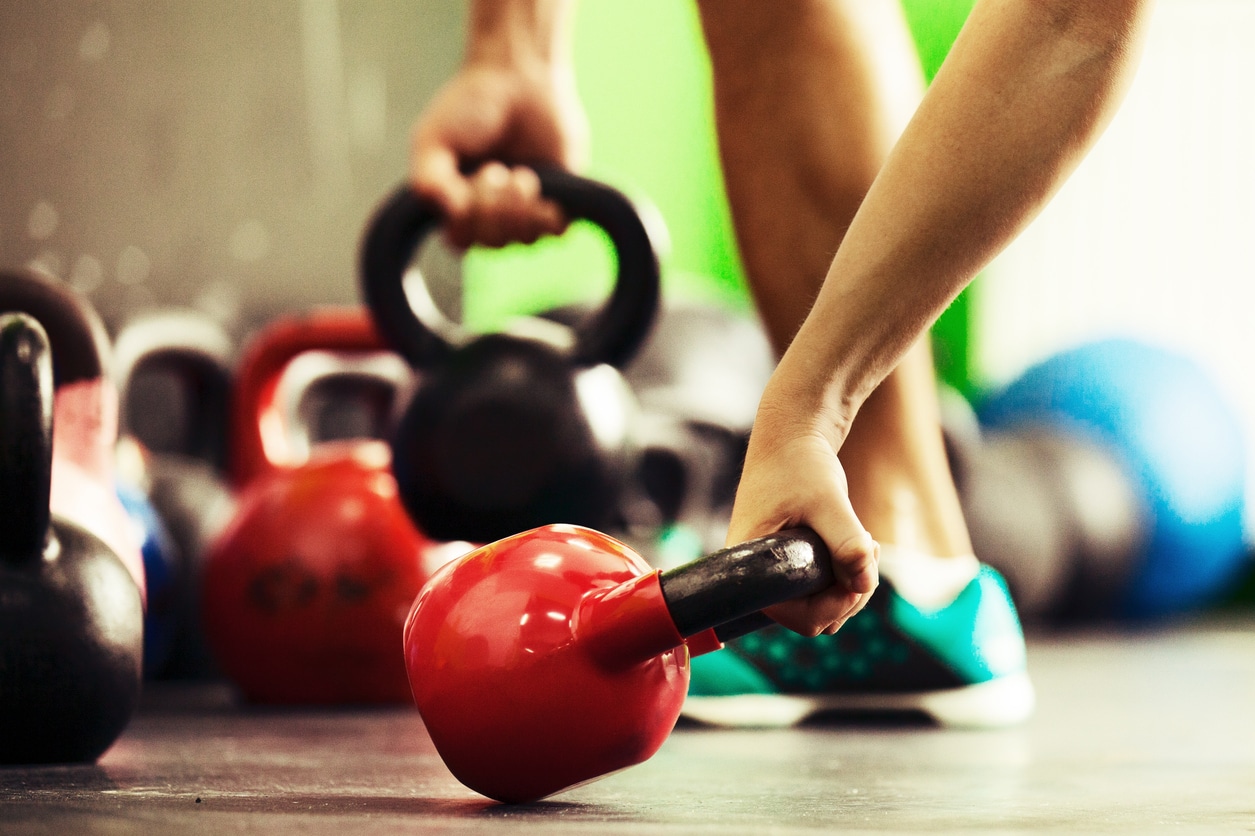Blog, Energon Qube Blog
Slow bone loss with weight-bearing exercise
We all have the experience of seeing our grandparents, over time, literally shrink in front of our eyes. The shrinking is caused by the loss of muscle mass and bone loss as people age. Most adults achieve their peak muscle mass during their late 30s to early 40s, after which time a gradual loss of muscle mass begins and can continue a steady, downhill course into old age. People who are physically inactive can lose as much as 3 percent to 5 percent of their muscle mass per decade after age 30.
As with loss of muscle mass, bone strength also decline as we age – on average, we could lose 1% of bone density per year after age 40. About 10.2 million Americans have osteoporosis, which is defined by weak and porous bones, and another 43 million are at risk for it.
Numerous studies have shown that weight-bearing exercise can help to slow bone loss, and several show it can even build bone. Activities that put stress on bones stimulate extra deposits of calcium and nudge bone-forming cells into action. The tugging and pushing on bone that occur during strength and power training provide the stress. The result is stronger, denser bones.
Studies support that strength training, as well as aerobic exercise, can help you manage and sometimes prevent conditions as varied as heart disease, diabetes, arthritis, and osteoporosis. It can also protect vitality, make everyday tasks more manageable, and help you maintain a healthy weight.
Even weight-bearing aerobic exercise, like walking or running, can help your bones, but there are a couple of caveats. Generally, higher-impact activities have a more pronounced effect on bone than lower impact aerobics. Velocity is also a factor; jogging or fast-paced aerobics will do more to strengthen bone than more leisurely movement. And keep in mind that only those bones that bear the load of the exercise will benefit. For example, walking or running protects only the bones in your lower body, including your hips.
Therefore, to benefit all of your bones, you need a well-rounded strength-training program that works on your overall skeletal structure. A quick Internet search will show that are many programs around. The one that you pick should not only provide workout for all the major muscle groups but also targets bones of the hips, spine, and wrists, which, along with the ribs, are the sites most likely to fracture.
Thanks for reading.
About SGC:SGC is an R&D focused developer of nutraceutical and pharmaceutical gummy products. The company specializes in formulating Functional Gummy® products combining the wealth of the in-house knowledge in pharmaceutics, chemistry, western medicine and herbal medicine. The company provides performance gummies® inspired by Traditional Chinese Medicine including MOCCA SHOTS™, ENERGON QUBE™, FUNTIONAL FRUIT®, and SEATTLE BEAUTY®.
To learn more, visit https://seattlegummy.com, contactinfo@seattlegummy.com,call 206-257-0464, or join at https://seattlegummy.com/be-an-informed-member/.

